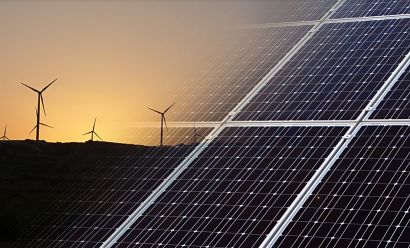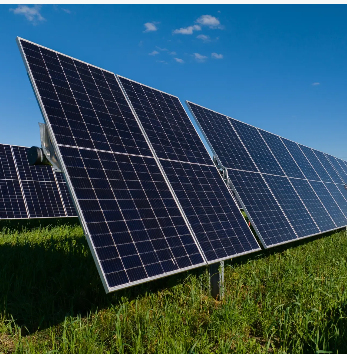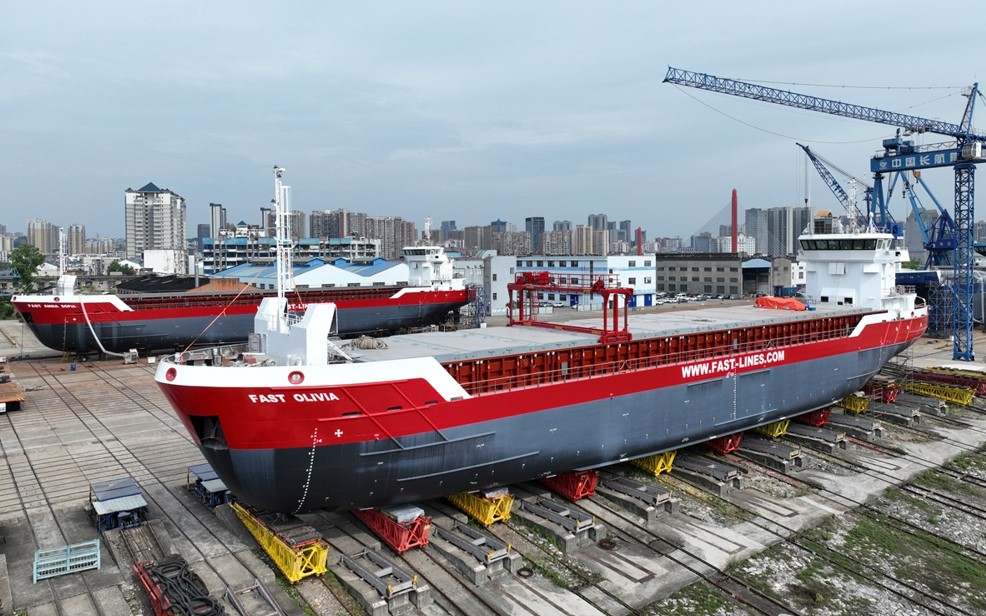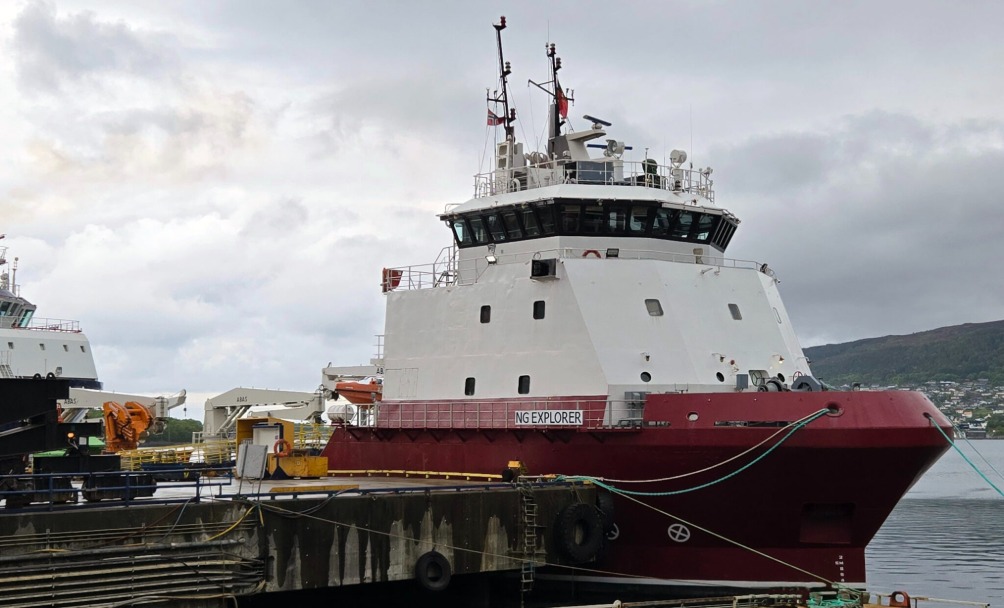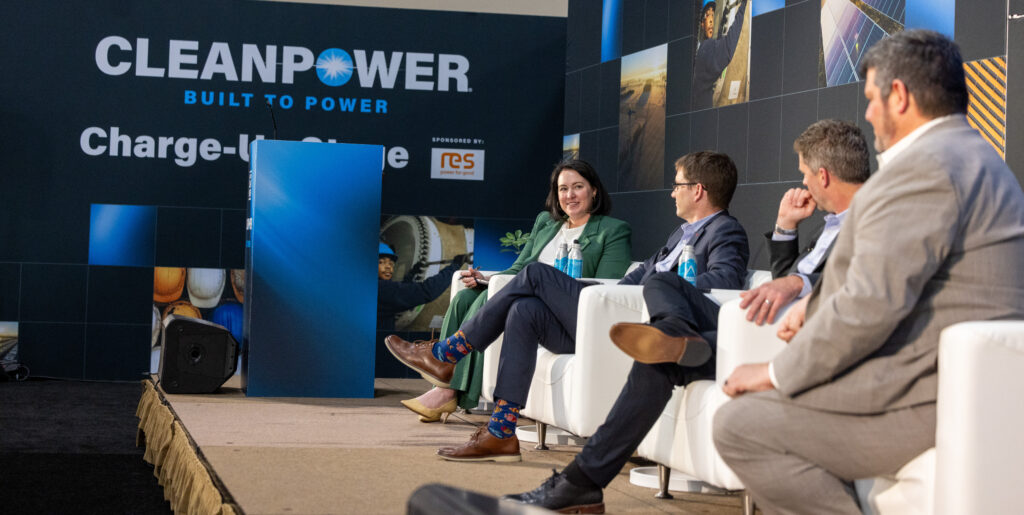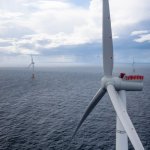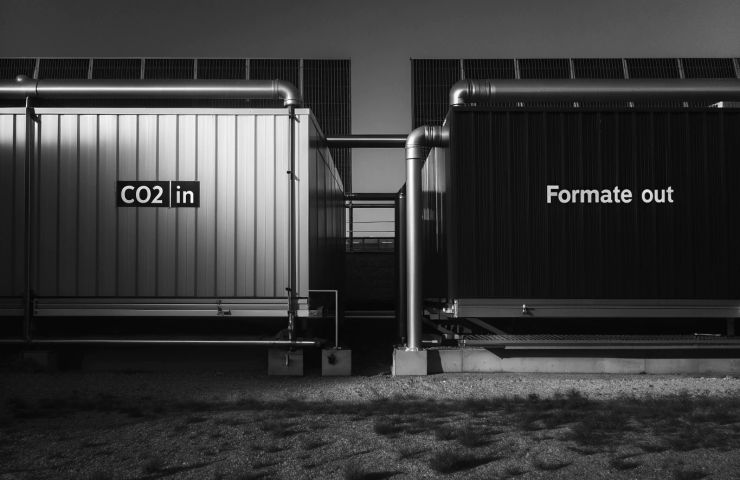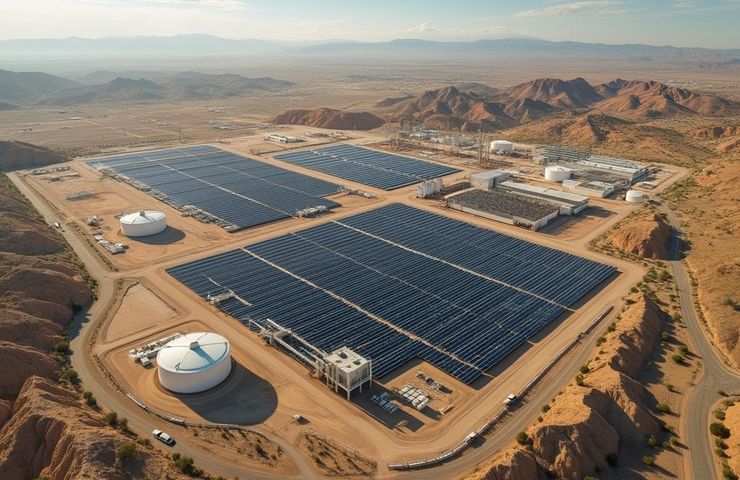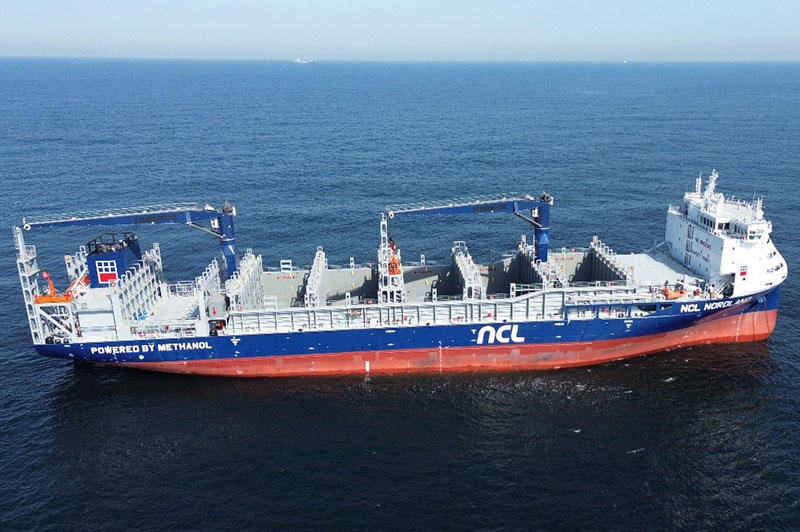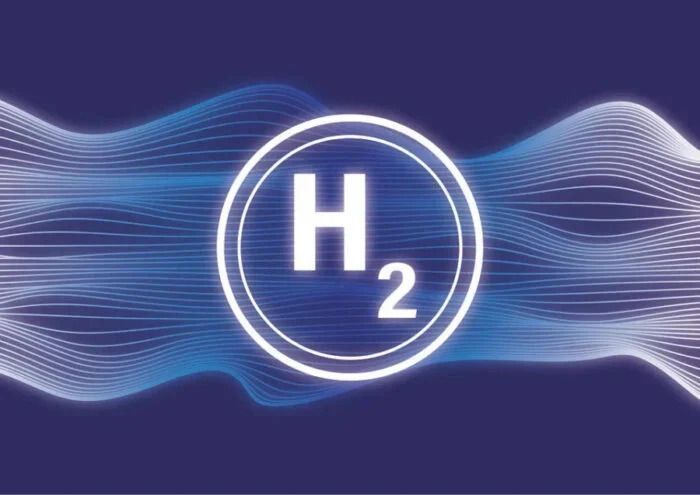How food companies like Danone and Giant are tackling methane pollution
Companies that produce dairy, beef and pork products have the highest methane pollution risks. The post How food companies like Danone and Giant are tackling methane pollution appeared first on Trellis.
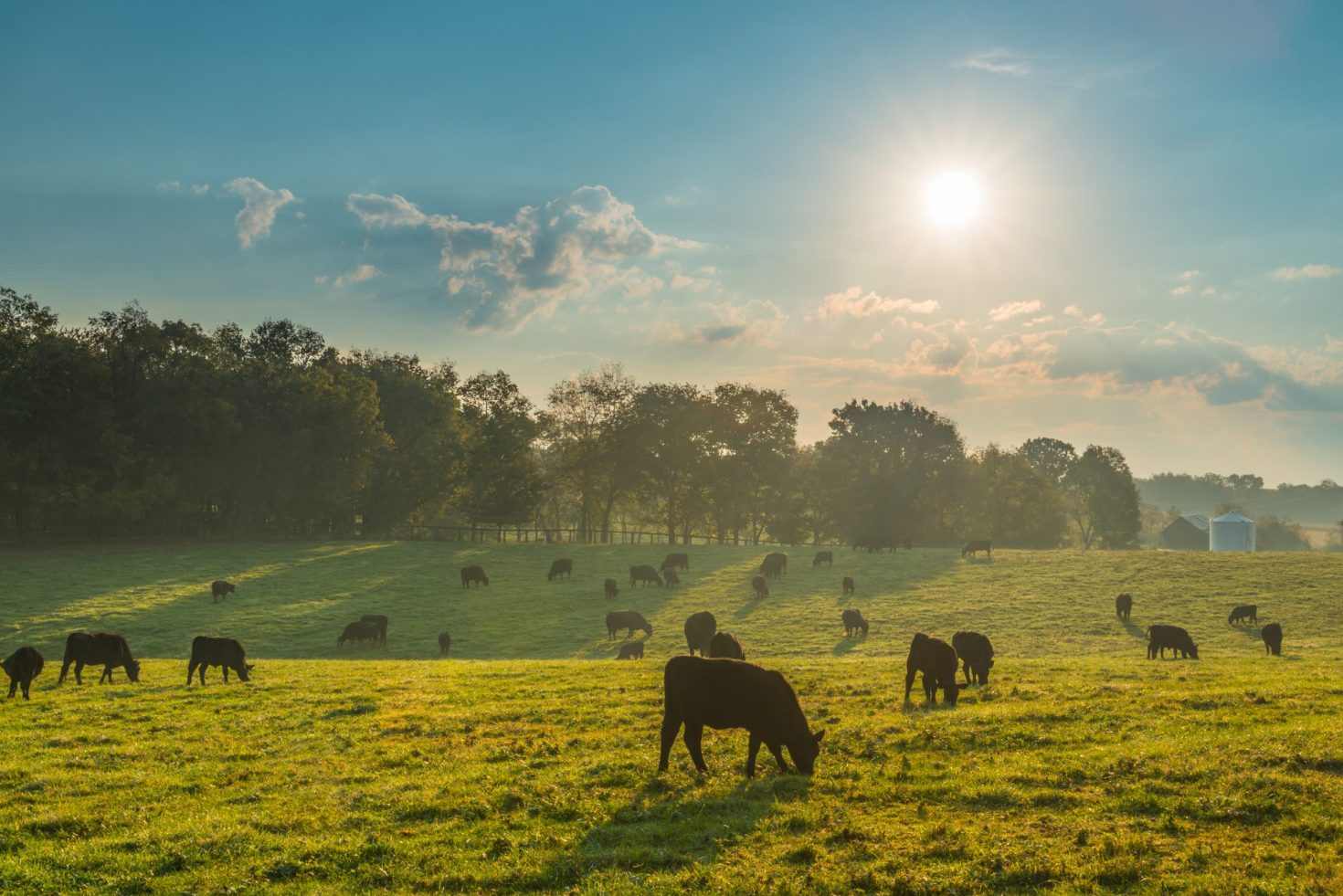
Across the food industry — from meatpackers to retailers—companies face varying levels of climate risk from methane pollution. Livestock emissions account for 32 percent of human-caused methane emissions, which means retailers that sell more dairy, beef and pork products are particularly prone to methane risks.
But there are steps all companies can take to clean up methane pollution, tackle risk and ultimately boost profits and food system resilience, as highlighted in a new Ceres report that analyzes which sectors in the food industry are most exposed to methane risk. Hershey, Cargill, General Mills and other industry-leading companies are doing that by acting on disclosing methane emissions, setting reduction goals, implementing methane strategies in transition plans and advocating for public policy that supports research and innovation.
To have the greatest impact, food companies can focus on their supply chains to slash methane from agriculture. Companies that work directly with — or at least maintain close relationships with — the farmers and ranchers who produce their food and livestock will have a different menu of options for reducing methane emissions from those that do not.
Whether they have direct ties to farmers or not, every food company can make a difference. Here’s how companies at both ends of the food industry can work with actors in and around their supply chains to cut methane pollution.
Packaged foods and meats companies face the highest risk
Our analysis found that packaged foods and meats companies that primarily produce dairy, beef and pork products have the highest risk from methane pollution in the industry — up to 90 percent of their total emissions. That means that lowering methane can go a long way in helping packaged foods makers to achieve their goals.
Fortunately, these companies are well-positioned to target methane-related risk and leverage strategies for working with their partners within the supply chain. Many either work closely with farmers or, in some cases, manage everything from farming operations to processing and packaging. These close relationships or integrated production models place these businesses more in control over the solutions because they can directly engage farmers in their supply chain to implement methane-reducing practices.
Take, for instance, Danone, a founding member of the Dairy Action Methane Alliance, an initiative working on dairy methane in the food industry. Danone stands out for its commitment to drive down methane across its operations and supply chain using a broad sweep of strategies.
The dairy giant works directly with nearly 60,000 farmers, including many smallholders, and supports on-farm projects for piloting methane-inhibiting feed additives, improving cattle genetics and optimizing milk production and efficiency. In the U.S., Danone North America has funded projects on dairies of diverse sizes around the country to improve manure management, which the company claims not only contributes to reducing methane, but also nitrous oxide, another gas with a powerful warming effect.
Food retailers also face challenges
At times overlooked, food retailers including grocery and convenience stores are at considerable climate risk from livestock pollution due to their meat and dairy sales. Like packaged foods and meats companies, these retailers will have to remove methane from their supply chains to reduce their overall climate impact and the risks that creates for their businesses.
Since they’re further removed from farms, retailers of beef, pork and dairy products will need to use more indirect forms of supporting farmers and ranchers in managing methane risks and advancing cutting-edge solutions throughout the industry. Partnering with their suppliers (co-ops and meat processors) is a good option for retailers to help farmers and ranchers reduce the amount of methane their farms emit. Retailers can work to show their suppliers there’s demand for low-methane products and develop programs to share the costs to farmers for methane projects.
One retailer making strides on methane is Ahold Delhaize subsidiary the Giant Company, a regional U.S. supermarket chain intent on building a sustainable supply chain for its fresh milk and dairy products. To help reach that goal, Giant partners with organizations including the Maryland and Virginia Milk Producers Cooperative Association (Turkey Hill and Starbucks are also members) and the Alliance for the Chesapeake Bay. These partnerships assist in funding and supporting projects that promote best practices, such as proper animal waste storage to prevent leakage into the surrounding soil and waterways, and regenerative agriculture such as using cover crops to lower the emissions intensity of milk production and improve water quality on the region’s 400-plus dairy farms.
Without a doubt, meaningfully methane pollution reduction from livestock cannot be accomplished alone. An all-in mindset is required for food companies to reap the most benefits from action. The examples set by Danone and Giant illustrate how actors can do their part to fast-track the adoption of lower-methane practices, enhance risk management and ensure future profitability and supply chain resilience.
Companies across the entire food industry, regardless of where they sit, can implement methane strategies to engage their supply chain, accelerate innovation and advocate for public policy that helps them achieve their goals.
[Join a vibrant community of leaders and innovators driving cutting-edge tools, business strategies, and partnerships to protect and regenerate nature at Bloom, Oct. 28-30, San Jose.]
The post How food companies like Danone and Giant are tackling methane pollution appeared first on Trellis.
What's Your Reaction?

















